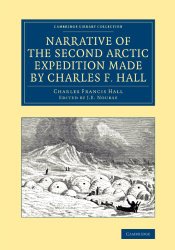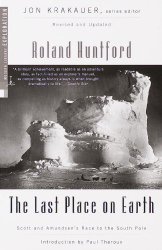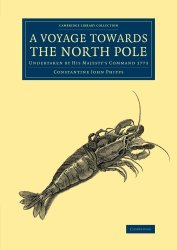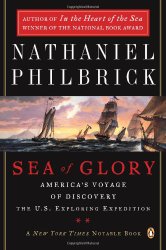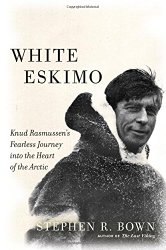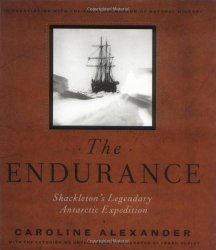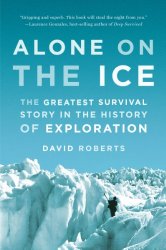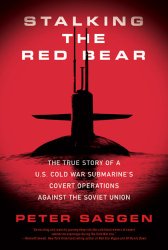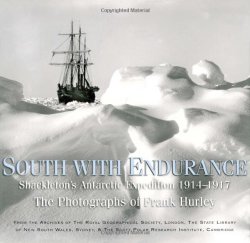The American explorer Charles Francis Hall (1821-71) made two voyages to the Arctic to determine the fate of Sir John Franklin’s lost expedition. While there, he lived with Inuit, learning their language and adopting their way of life. Edited after his death and published in 1879, this account of his second expedition, from 1864 to 1869, brings the …
Antarctica History
Think South: How We Got Six Men and Forty Dogs Across Antarctica
What does it take to move forty dogs, three sleds, twenty tons of food and gear, and six men from all over the world across nearly four thousand of the coldest miles on earth? Cathy de Moll, the executive director of the 1990 International Trans-Antarctica Expedition, introduces the wild cast of characters who made it happen, on the …
At the beginning of the twentieth century, the South Pole was the most coveted prize in the fiercely nationalistic modern age of exploration. In the brilliant dual biography, the award-winning writer Roland Huntford re-examines every detail of the great race to the South Pole between Britain’s Robert Scott and Norway’s Roald Amundsen. Scott, who dies along with four …
A friend of Sir Joseph Banks, and with scientific interests of his own, the naval officer Constantine John Phipps (1744-92) was appointed by the Admiralty in 1773 to command an Arctic expedition in search of a passage to the Pacific. Among the crew was a young Horatio Nelson and a freed slave, Olaudah Equiano, who became the first …
Sea of Glory: America’s Voyage of Discovery, The U.S. Exploring Expedition, 1838-1842
America?s first frontier was not the West; it was the sea?and no one writes more eloquently about that watery wilderness than Nathaniel Philbrick. In his bestselling In the Heart of the Sea Philbrick probed the nightmarish dangers of the vast Pacific. Now, in an epic sea adventure, he writes about one of the most ambitious voyages of discovery …
Among the explorers made famous for revealing hitherto impenetrable culturesT. E. Lawrence and Wilfred Thesiger in the Middle East, Richard Burton in AfricaKnud Rasmussen stands out not only for his physical bravery but also for the beauty of his writing. Part Danish, part Inuit, Rasmussen made a courageous three-year journey by dog sled from Greenland to Alaska to …
In August 1914, days before the outbreak of the First World War, the renowned explorer Ernest Shackleton and a crew of twenty-seven set sail for the South Atlantic in pursuit of the last unclaimed prize in the history of exploration: the first crossing on foot of the Antarctic continent. Weaving a treacherous path through the freezing Weddell Sea, …
Alone on the Ice: The Greatest Survival Story in the History of Exploration
“An important missing story from the heroic age of Antarctic exploration.”―Laurence Gonzales, author of Deep Survival On January 17, 1913, alone and near starvation, Douglas Mawson, leader of the Australasian Antarctic Expedition, was hauling a sledge to get back to base camp. The dogs were gone. Now Mawson himself plunged through a snow bridge, dangling over an abyss …
The thrilling untold story of Cold War submarine espionage and an inside look at the U.S. Navy’s “Silent Service”Stalking the Red Bear―for the first time ever―describes the action principally from the perspective of a commanding officer of a Sturgeon-class nuclear submarine during the Cold War, taking readers closer to the Soviet target than any work on submarine espionage …
South with Endurance: Shackleton’s Antarctic Expedition 1914-1917
THE DEFINITIVE AND SPELLBINDING RECORD OF SHACKLETON’S LEGENDARY ANTARCTIC EXPEDITION, IMMORTALIZED ON FILM BY PIONEERING PHOTOGRAPHER FRANK HURLEY Sir Ernest Shackleton’s trans-Antarctic expedition of 1914-1917 was one of the great feats of human endurance — one vividly captured in the powerful and dramatic pictures taken by Frank Hurley, the expedition’s official photographer. These images, appearing together here …
